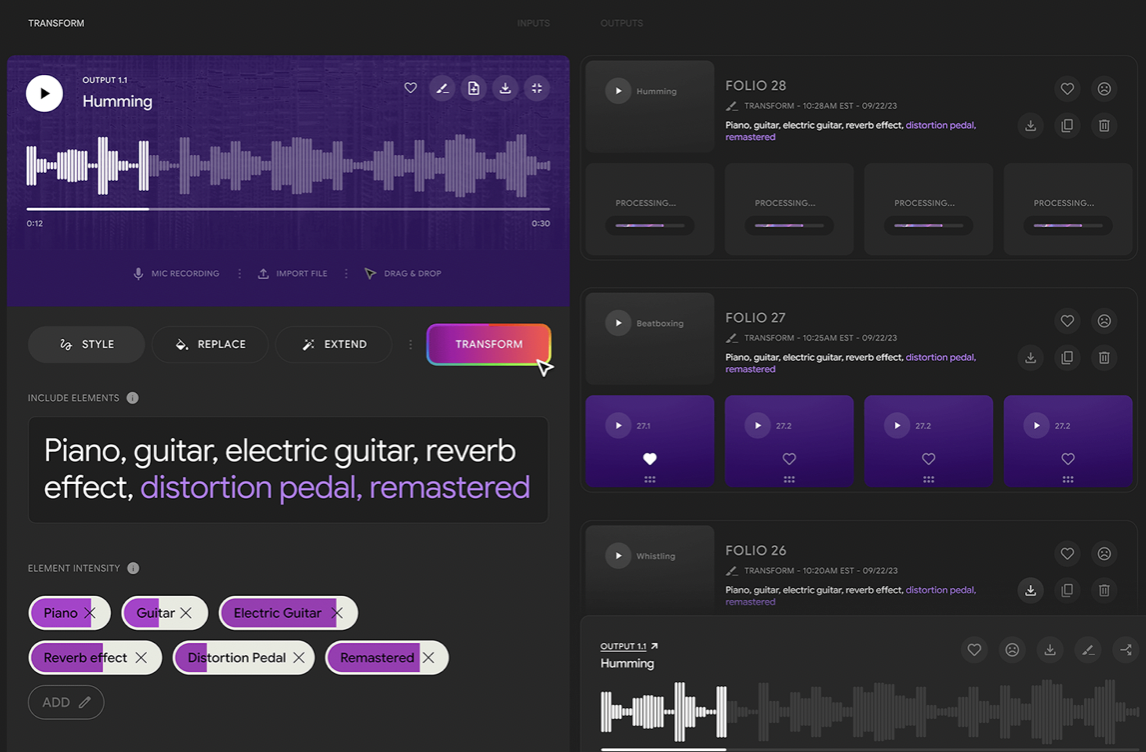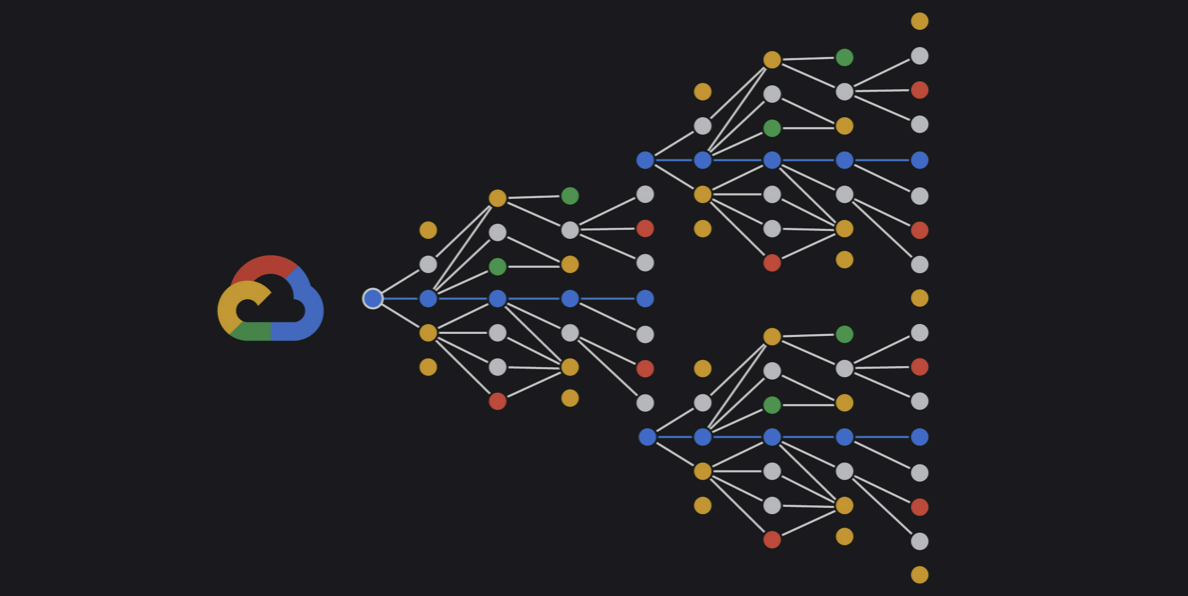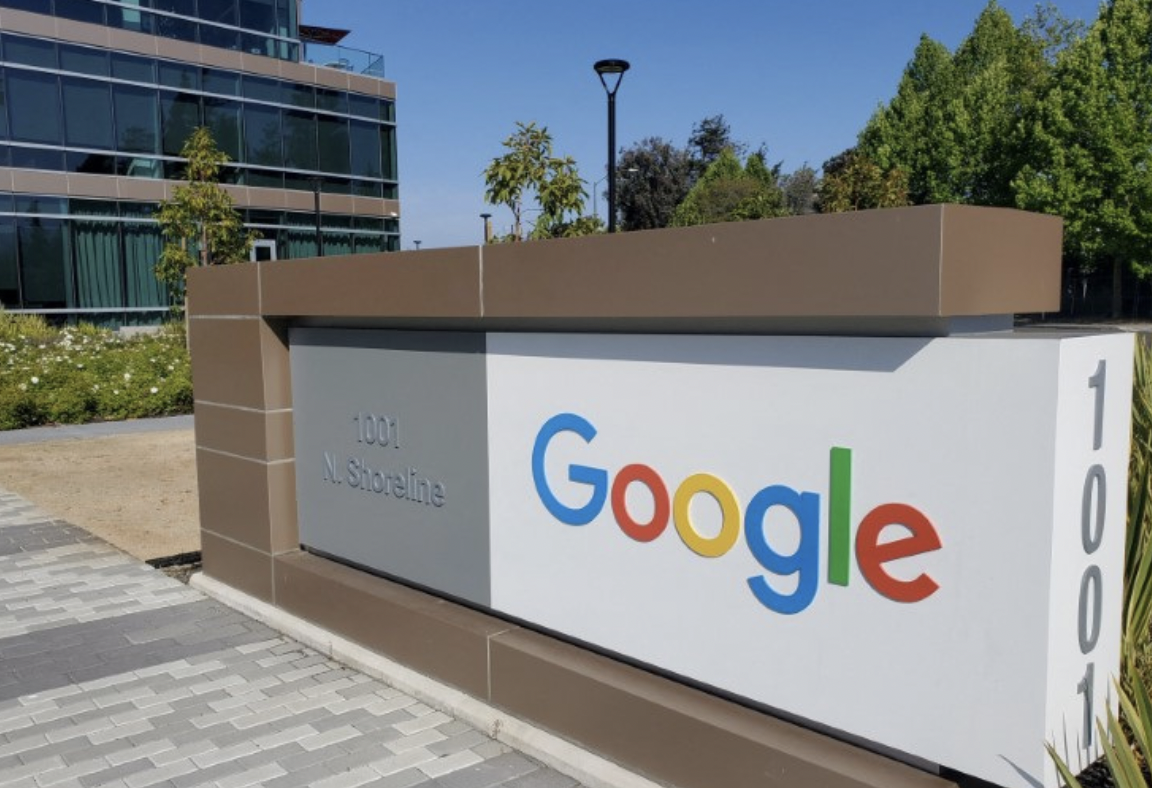Behind Google’s DeepMind AI Music Generator, ‘Lyria’

Google’s DeepMind unveiled a sophisticated AI model called Lyria to generate music alongside experiments on YouTube, seeking responsible innovation. Lyria promises more coherent compositions from sparse inputs like humming. This aims to capture AI’s creative potential while avoiding distorted surrealism over long exposures. Initial applications focus on shorter YouTube snippets as tests.
DeepMind acknowledged music’s complexity, covering multiple instrumental lines and voices. Previous models often lose continuity over time. Lyria was built to maintain musicality across phrases and passages. YouTube’s experiments also emphasize human guidance. One creates AI-voiced songs for YouTube Shorts with artist input. Another in-development toolkit helps refine compositions that creators originate.
Watermarking all AI content also addresses credibility concerns. By detailing its approach, Google responds to issues like exploits of celebrity voices and IP. Global debate continues around AI’s impacts on creative arts and viable policies. Rather than forging ahead unchecked, Google tightly involves artists to shape acceptable use cases.
Still, uncertainties remain over AI’s future in music. The company notes this technology can’t replace personal taste and intuition – at least not yet. Tools should accelerate human creativity rather than substitute for it. But characterizing AI as an assistant risks understating its transformative disruption ahead.
Success will require ensuring economic sustainability for both human and machine creativity. Business models equitably integrating the two remain unclear. For now Google prudently focuses on need-based features benefiting creators. But inevitably it courts controversy from those fearing replacement. Walking this tightrope demands deliberation each step.



